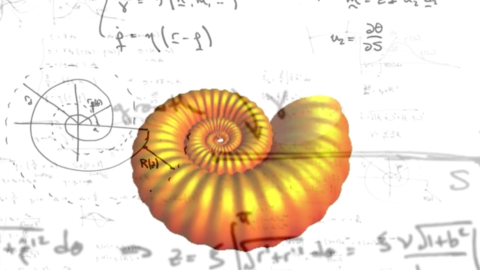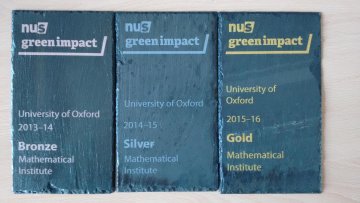A tree branch, a ram's horn, your hand - how have these distinct and consistent shapes come about? The growth and form of a biological entity is a complex matter that involves integrated activities across a number of length scales. Viewed at the scale of tissues, or large clusters of cells, understanding growth and form is a problem well suited for continuum mechanics and mathematical modelling.
On models of continuous sedimentation with compression and reactions
Semidefinite approximations of matrix logarithm
Abstract
The matrix logarithm, when applied to symmetric positive definite matrices, is known to satisfy a notable concavity property in the positive semidefinite (Loewner) order. This concavity property is a cornerstone result in the study of operator convex functions and has important applications in matrix concentration inequalities and quantum information theory.
In this talk I will show that certain rational approximations of the matrix logarithm remarkably preserve this concavity property and moreover, are amenable to semidefinite programming. Such approximations allow us to use off-the-shelf semidefinite programming solvers for convex optimization problems involving the matrix logarithm. These approximations are also useful in the scalar case and provide a much faster alternative to existing methods based on successive approximation for problems involving the exponential/relative entropy cone. I will conclude by showing some applications to problems arising in quantum information theory.
This is joint work with James Saunderson (Monash University) and Pablo Parrilo (MIT)
Parallelization of the rational Arnoldi algorithm
Abstract
Rational Krylov methods are applicable to a wide range of scientific computing problems, and the rational Arnoldi algorithm is a commonly used procedure for computing an orthonormal basis of a rational Krylov space. Typically, the computationally most expensive component of this algorithm is the solution of a large linear system of equations at each iteration. We explore the option of solving several linear systems simultaneously, thus constructing the rational Krylov basis in parallel. If this is not done carefully, the basis being orthogonalized may become badly conditioned, leading to numerical instabilities in the orthogonalization process. We introduce the new concept of continuation pairs which gives rise to a near-optimal parallelization strategy that allows to control the growth of the condition number of this nonorthogonal basis. As a consequence we obtain a significantly more accurate and reliable parallel rational Arnoldi algorithm.
The computational benefits are illustrated using several numerical examples from different application areas.
This talk is based on joint work with Mario Berljafa available as an Eprint at http://eprints.ma.man.ac.uk/2503/
The Mathematical Institute has struck gold in this years Green Impact Awards, adding to the silver and bronze awards received in the preceeding two years. The Mathematical, Physical and Life Sciences (MPLS) division as a whole continues to go from strength to strength and this year four departments received the highest level gold award. The scheme is now in its third year in the university and has grown to involve over 200 people representing over 40 departments/teams.




